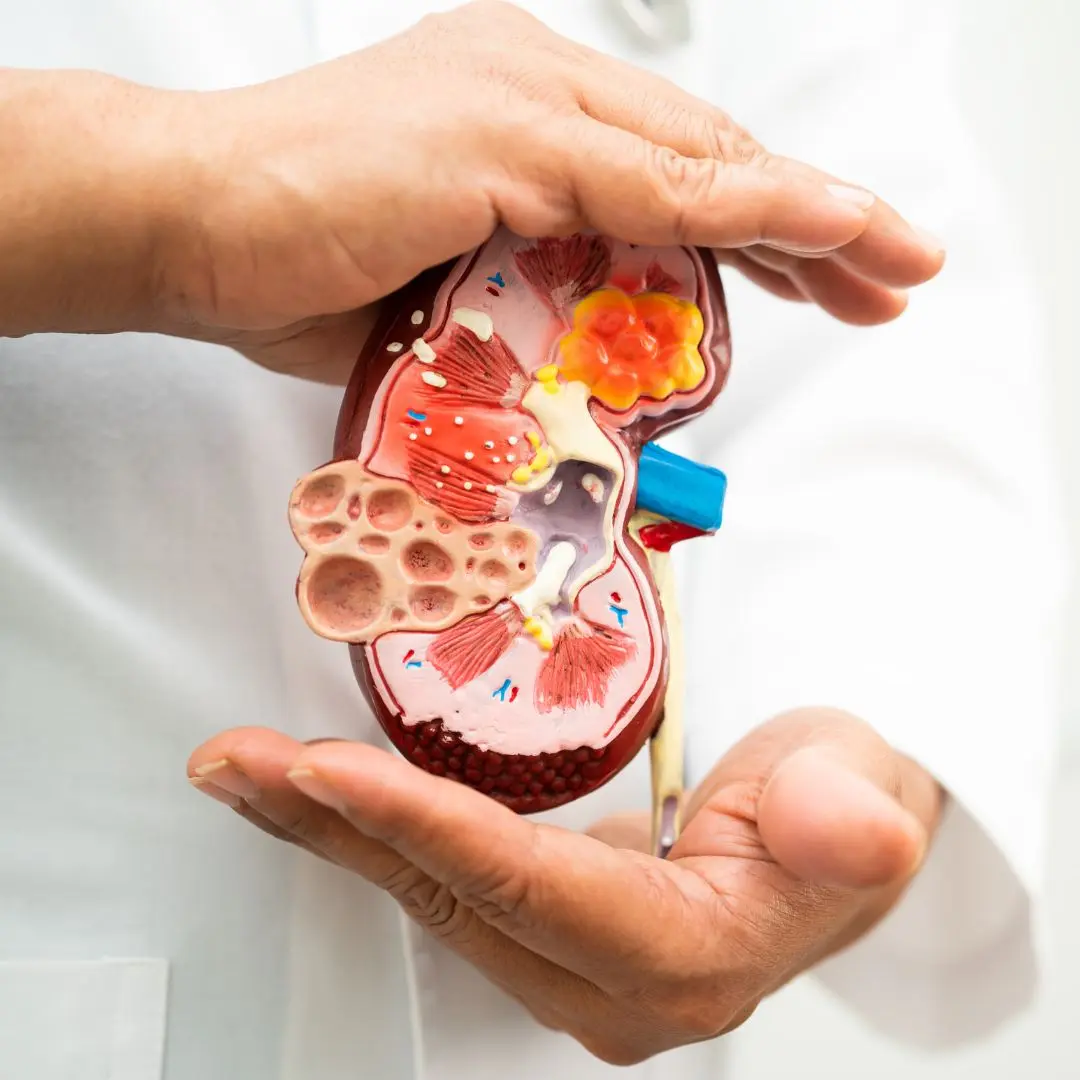Osteoarthritis (OA) is a prevalent joint condition that affects millions of people worldwide. This chronic degenerative disease primarily targets the cartilage in joints, causing pain, stiffness, and reduced mobility.

Blog
Osteoarthritis - Understanding Symptoms &Treatment
Osteoarthritis (OA) is a prevalent joint condition that affects millions of people worldwide. This chronic degenerative disease primarily targets the cartilage in joints, causing pain, stiffness, and reduced mobility. In this comprehensive guide, we delve into the symptoms, treatment options, and nuances of osteoarthritis, shedding light on its complexities and how it differs from arthritis.
Osteoarthritis, often abbreviated as OA, is the most common form of arthritis. It occurs when the protective cartilage that cushions the ends of bones wears down over time. Without this cushioning, bones may rub against each other, leading to pain, swelling, and decreased joint motion. While osteoarthritis can affect any joint, it commonly impacts the knees, hips, hands, and spine.
Recognizing the symptoms of osteoarthritis is crucial for early diagnosis and management. Common signs and symptoms include persistent joint pain, difficulty moving the joint due to stiffness, inflammation and swelling around the joint, tenderness when pressure is applied, limited range of motion, a grating sensation during movement, and the formation of bone spurs.
While there's no cure for osteoarthritis, various treatment options aim to alleviate symptoms, improve joint function, and enhance quality of life. Treatment modalities may include medications such as nonsteroidal anti-inflammatory drugs (NSAIDs), acetaminophen, and corticosteroid injections to manage pain and inflammation. Physical therapy is often recommended with exercise programs tailored to strengthen muscles, improve flexibility, and alleviate joint stiffness. Lifestyle modifications such as weight management, joint protection techniques, and the use of assistive devices can also help reduce stress on affected joints. In severe cases, surgical interventions like joint replacement or arthroscopy may be necessary to repair or replace damaged joints.
In medical coding, accurate documentation of osteoarthritis is essential for proper diagnosis and billing. The International Classification of Diseases, Tenth Revision (ICD-10), provides specific codes for various types of osteoarthritis, including tricompartmental osteoarthritis. Coders use these alphanumeric codes to classify and track the prevalence and severity of osteoarthritis in healthcare settings.
Tricompartmental osteoarthritis refers to advanced osteoarthritis that affects all three compartments of a joint, such as the knee. This condition involves the deterioration of cartilage in the medial, lateral, and patellofemoral compartments of the knee joint, resulting in widespread joint pain, instability, and functional impairment. Treatment for tricompartmental osteoarthritis may require a multidisciplinary approach, including medication, physical therapy, and possibly surgical intervention.
While osteoarthritis and arthritis are often used interchangeably, they are distinct conditions with different underlying mechanisms. Osteoarthritis primarily involves the breakdown of cartilage in joints due to wear and tear over time, whereas arthritis encompasses a broader spectrum of joint disorders, including inflammatory conditions like rheumatoid arthritis and psoriatic arthritis. In summary, osteoarthritis specifically refers to degenerative joint disease, whereas arthritis encompasses a broader spectrum of joint disorders.
Osteoarthritis is a prevalent and debilitating condition that significantly impacts the lives of those affected. Understanding its symptoms, treatment options, and distinctions from arthritis is crucial for effective management and improved quality of life. By staying informed and proactive, individuals can work with healthcare professionals to develop personalized treatment plans tailored to their unique needs, ultimately enhancing mobility, function, and overall well-being.
Chronic thromboembolic pulmonary hypertension (CTEPH) is a subtype of pulmonary hypertension characterized by persistent obstruction of the pulmonary arteries due to chronic blood clots. Unlike acute pulmonary embolism, which resolves with treatment, CTEPH occurs when blood clots fail to dissolve completely, leading to long-term consequences. Treatment for CTEPH may involve medications, pulmonary thromboendarterectomy (surgical removal of blood clots), or balloon pulmonary angioplasty.
Pulmonary hypertension encompasses a spectrum of conditions characterized by elevated blood pressure in the pulmonary arteries. Understanding the different types of pulmonary hypertension, their causes, symptoms, and treatment options is essential for effective management and improved outcomes. If you or someone you know is experiencing symptoms suggestive of pulmonary hypertension, it's crucial to seek medical evaluation and appropriate treatment promptly. With early diagnosis and intervention, individuals with pulmonary hypertension can lead fulfilling lives with improved quality of life and prognosis.
Osteoarthritis, often abbreviated as OA, is the most common form of arthritis. It occurs when the protective cartilage that cushions the ends of bones wears down over time. Without this cushioning, bones may rub against each other, leading to pain, swelling, and decreased joint motion. While osteoarthritis can affect any joint, it commonly impacts the knees, hips, hands, and spine.
While osteoarthritis and arthritis are often used interchangeably, they are distinct conditions with different underlying mechanisms. Osteoarthritis primarily involves the breakdown of cartilage in joints due to wear and tear over time, whereas arthritis encompasses a broader spectrum of joint disorders, including inflammatory conditions like rheumatoid arthritis and psoriatic arthritis. In summary, osteoarthritis specifically refers to degenerative joint disease, whereas arthritis encompasses a broader spectrum of joint disorders.
Osteoarthritis is a prevalent and debilitating condition that significantly impacts the lives of those affected. Understanding its symptoms, treatment options, and distinctions from arthritis is crucial for effective management and improved quality of life. By staying informed and proactive, individuals can work with healthcare professionals to develop personalized treatment plans tailored to their unique needs, ultimately enhancing mobility, function, and overall well-being.
Need Personalized Health Guidance?
Get expert advice tailored to your specific health needs from our qualified healthcare professionals.





